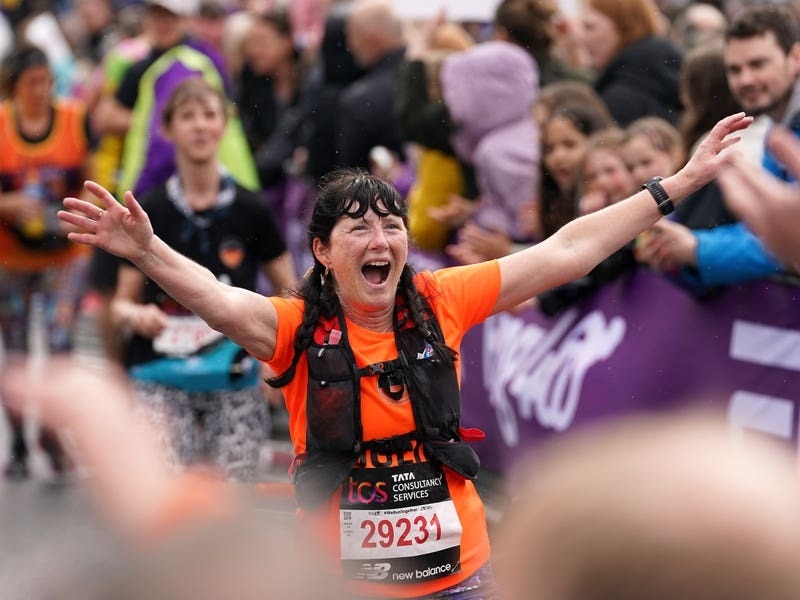According to the Jersey Births and Breastfeeding Profile 2018, more than three quarters of mothers breastfed their babies at birth last year – a figure which has remained constant since 2010. The figure is similar to the overall average for England, where latest figures show 75 per cent of mothers breastfeed at birth.
However, the profile reveals there has been a change in the cross-section of mothers who breastfeed. Previously mothers in Jersey’s rural parishes were more likely to start breastfeeding than mothers living in St Helier or suburban parishes such as St Saviour and St Brelade.
But the 2017 data shows that this difference is now less pronounced with 76 per cent of mothers breastfeeding on discharge in St Helier compared to 78 per cent in suburban and 82 per cent in rural parishes.
During the six- to eight-week GP assessment offered for all babies, their breastfeeding status is recorded.
In 2017 the assessments found that 60 per cent were breastfed – 41 per cent totally breastfed and 19 per cent partially breastfed, receiving breast milk as well as formula milk or any other liquids or food. In comparison in England, breastfeeding prevalence at six to eight weeks was 44 per cent, based on latest figures.
Martin Knight, head of health improvement, said the Island’s figures looked good in comparison to England but added ‘there is more we can do’. ‘When we look at some of Europe’s breastfeeding rates we can see there is opportunity to increase ours,’ he said. ‘Breastfeeding brings health benefits and gives children the best start in life. We are keen to support sustained breastfeeding rates over the six- to eight-week point. At the moment there is a reasonable drop.’
Last year Family Nursing and Home Care health visitors carried out 818 developmental checks on babies aged between nine months and one year. A feeding status was recorded for 750 of them which found that a sixth were still receiving breast milk while a further three per cent were receiving a combination of breast and formula milk.
According to the profile, in 2017 there were 954 live births to Islanders – the smallest number since 2002 when 933 were recorded.
Last year, the average age of a mother having children was 32 but the statistics also show that the proportion of older mothers in Jersey has increased in the last 15 years with a third of births to women aged 35 or over. In comparison in England, the proportion of mothers aged 35 or over was 21 per cent.
However, at 1.8 per cent, Jersey has a lower proportion of teenage mothers – defined as mothers aged 20 or younger – than the European average of 2.8 per cent.
The figures also show that almost a third of births between 2015 and 2017 were delivered by caesarean, significantly more than England which latest figures show accounted for 26 per cent of births. Older mothers were more likely to have a C-section, with more than half of Jersey mothers aged 40 or over and more than three quarters aged 45 or over undergoing the procedure.






